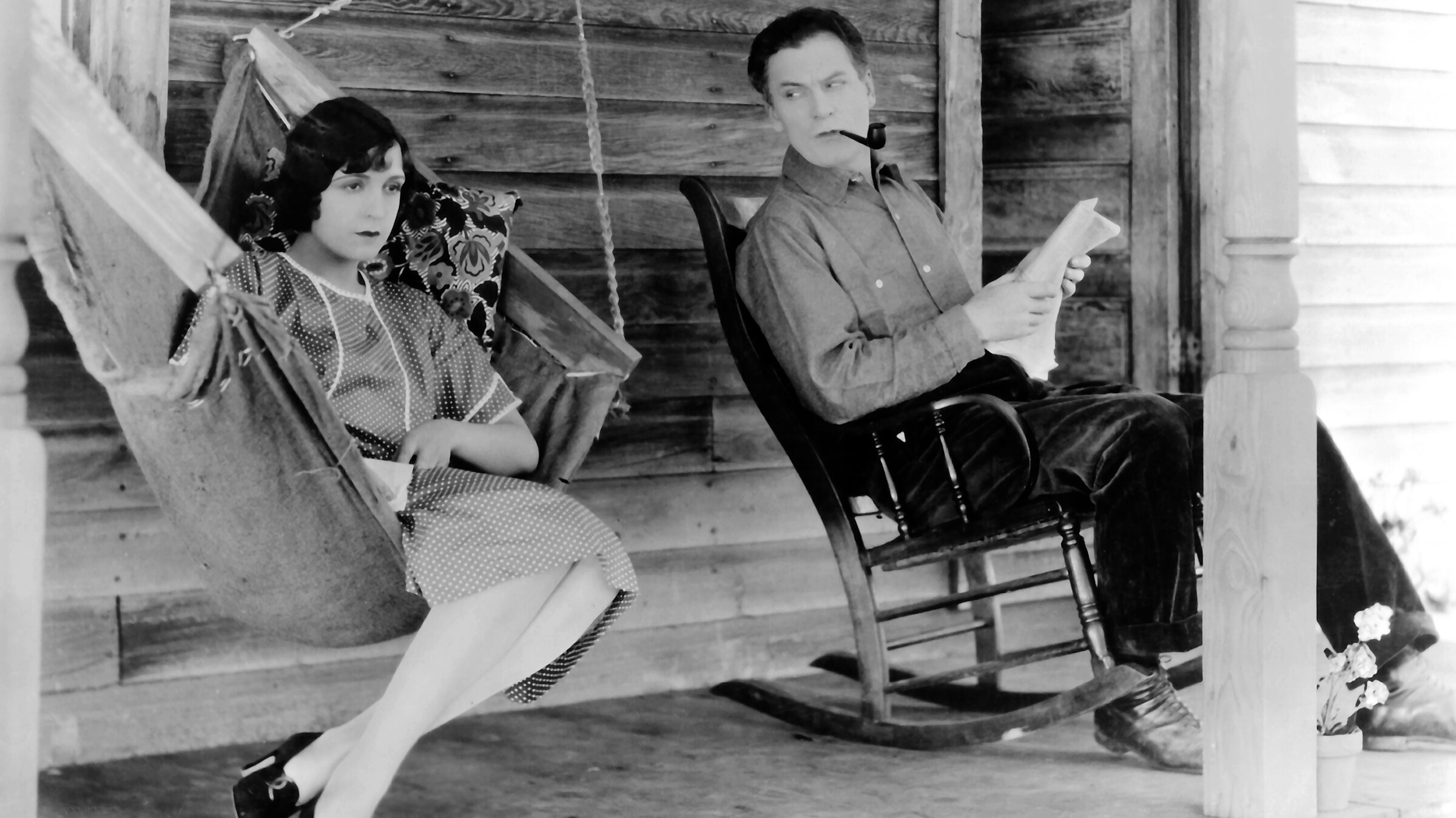On June 26, 1926, film director William Beaudine left Los Angeles for New York and his next job, a rare occurrence since Hollywood became the nation’s movie capital. The Famous Players-Lasky studio, Beaudine’s destination, was the only major production company working on both coasts at the time. Beaudine, known for his comedies, was set to make The Canadian, a drama about the physical and financial hardships of farming on the plains of Calgary. In Hollywood, Beaudine had just finished another Famous Players-Lasky film, Hold That Lion, his second movie with the light comedian Douglas McLean. Before that he had directed Mary Pickford in two of her more serious, and successful, films, Little Annie Rooney (1925) and Sparrows (1926). Beaudine was now at the top of his game, a long way from his start as a prop boy for Biograph in 1909, where he had worked under D.W. Griffith—in New York City.
During those years, the movie industry had become big business yet was still in transition. When Paramount Pictures released The Canadian in 1926, it was a subsidiary of Famous Players-Lasky Corporation and operating strictly as a distributor, even though Paramount had begun independently in 1914. Not until 1935, after the bankruptcy of Famous Players-Lasky, did Paramount Pictures become the official name of the organization. Although the dates don’t seem to add up, Paramount is celebrating its 100th anniversary this year. Its origins can indeed be traced to 1912, thanks to the initiative of two men, Adolph Zukor and Jesse Lasky.
Zukor and Lasky took the extraordinary risk of producing feature films when the idea was just beginning to catch on in the United States. In 1912, it was not yet clear whether a company that exclusively made longer films was a good investment or an invitation to disaster. Although Zukor and Lasky approached the challenge differently, they proved that success was possible, each in their own way, as Famous Players Film Company and the Jesse L. Lasky Feature Play Company.
Feature films were an uncertain venture as the business model for distribution favored short films. While a one-reeler made for less than $1,000 might be rented for two or three dollars a day, a feature produced for $15,000 or more could demand a rental fee of $50, meaning a 200-seat nickelodeon theater charging five cents admission would have to bring in 1,000 people a day just to break even. For features to be profitable, the theater business model had to change, which meant higher-priced admissions and larger theaters.
Paramount Pictures came into being when W.W. Hodkinson organized a more efficient way to distribute feature films, giving producers a guaranteed advance for each picture against a percentage of the profits. Famous Players was contracted to produce 52 films in 1915, the Jesse L. Lasky Feature Play Company 30 pictures, and actor Hobart Bosworth’s company 22 films.
In 1916, Zukor and Lasky merged as Famous Players-Lasky. Later that year, they bought out Bosworth Inc., took over Paramount Pictures, ousted Hodkinson, and created a company that produced, distributed, and exhibited films. Zukor, the president of Famous Players-Lasky, remained in New York and Jesse Lasky, vice president in charge of production, resided in Hollywood, although films were made on both coasts.
The demand for features became so great that major companies had trouble finding acceptable scripts. Paramount eased their burden by remaking its more popular films, and The Canadian, one of 65 features released by Paramount in 1926, was one of these. Based on the play The Land of Promise by Somerset Maugham, it had been produced under that title by Famous Players-Lasky in 1917, starring stage actress Billie Burke. Thomas Meighan played opposite her in the role of Frank Taylor, a part he reprised in the new version. In the intervening nine years, Meighan had become a major star, and he was now in a position to choose his costar. For the Burke role he chose Mona Palma, a young actress who had scored a success in a supporting role for her fourth picture, Fascinating Youth (1926).
The Canadian was shot on location near High River, a farm town 30 miles south of Calgary, Canada. The company settled in for a month of filming with camerawork handled by Alvin Wyckoff, chief cinematographer for Famous Players-Lasky. From 1914 to 1923, Wyckoff had worked with Cecil B. DeMille in dozens of films and was one of the best cameramen in the business. Interiors for the film were shot back in New York and the film was finished on schedule.
The Canadian received mixed reviews on its release. It wasn’t a flashy production, although finely crafted, and, even with a star of Meighan’s stature, audiences, critics, and exhibitors didn’t know what to make of it. As with so many films from the silent era, it just faded away and was considered among those lost, until a print turned up in 1969. William Beaudine, because of the high demand for his services as a director, had never seen the finished film until it was shown at the Los Angeles County Museum of Art in February 1970. After the screening he told the crowd: “I’m very surprised. Why, I was quite a good director in spots.” The audience that night responded with a standing ovation. For Beaudine, it was his last moment in the spotlight. He died the next month at the age of 78.
Presented at SFSFF 2012 with live music by Stephen Horne

